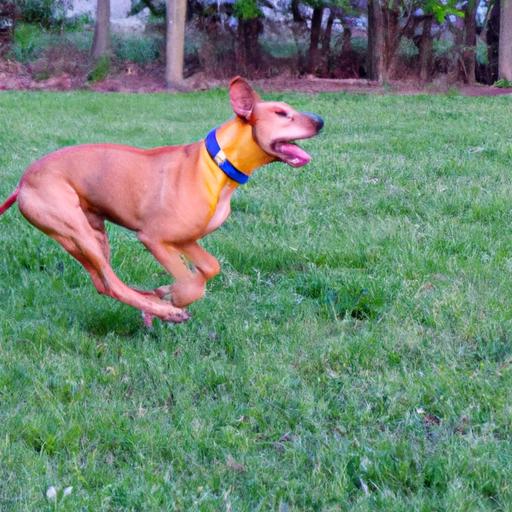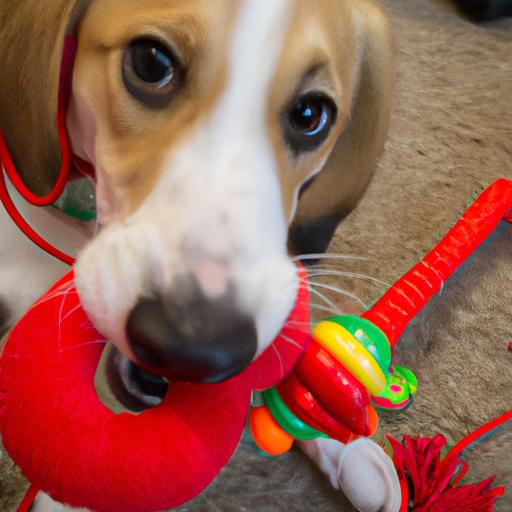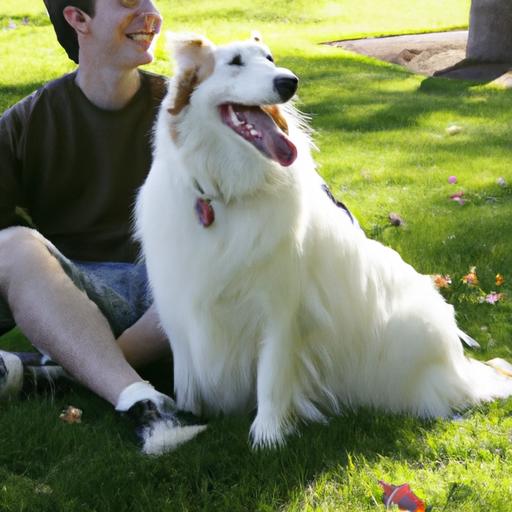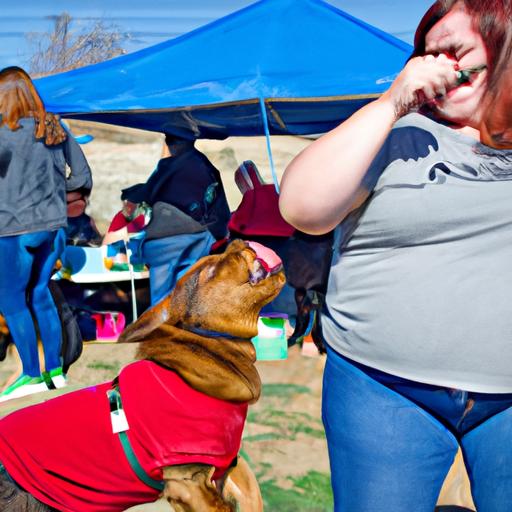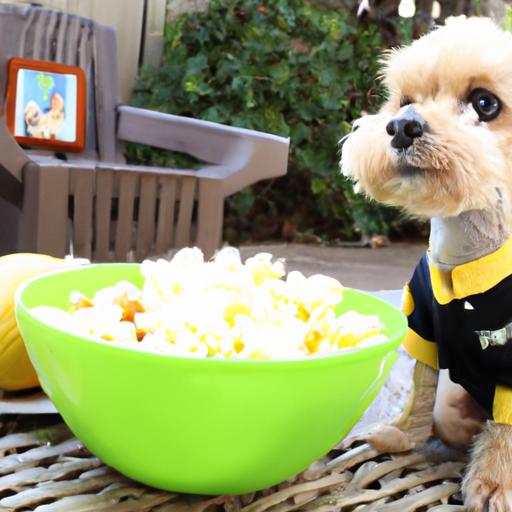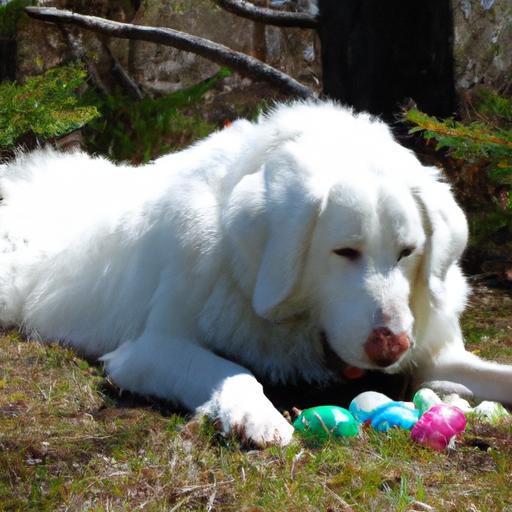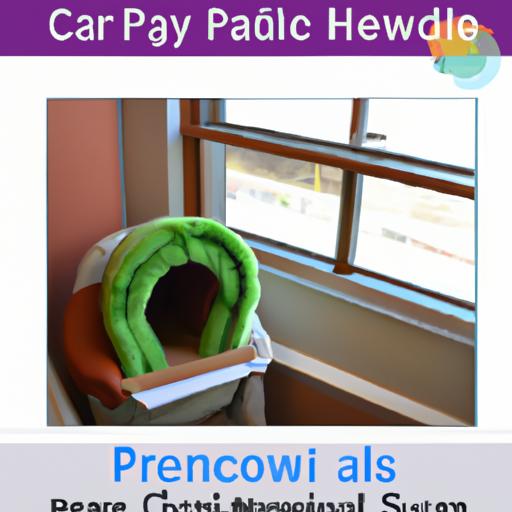
Building Canine Trust with Gentle Handling
Learn how to build trust with your furry friend using gentle handling techniques. Discover the benefits and tips for Building Canine Trust with Gentle Handling.
Introduction
Building trust with our canine companions is crucial for their overall well-being and the development of a strong bond. One effective approach to foster trust is through gentle handling techniques. In this article, we will explore the significance of building trust with dogs, discuss the benefits of gentle handling, and provide practical tips on how to implement it successfully.

Building Canine Trust with Gentle Handling
Gentle handling involves utilizing techniques that prioritize the physical and emotional comfort of dogs. By employing this approach, we can create a positive and safe environment that encourages trust and cooperation. Let’s delve into the key aspects of building canine trust through gentle handling:
Establishing a Positive and Safe Environment
To establish trust with a dog, it is essential to create an environment that promotes positive experiences. This includes providing a secure space, free from potential stressors or sources of fear. Designating a comfortable area with familiar objects, such as their bed or toys, can help dogs feel at ease and build trust over time.
Building Trust through Positive Reinforcement and Rewards
Positive reinforcement is a powerful tool in building trust with dogs. By rewarding desired behaviors, such as following commands or displaying calmness, we can reinforce their confidence and trust in us. Treats, praise, and affection are effective rewards that help dogs associate positive experiences with our presence and interactions.
Using Non-Threatening Body Language and Calm Demeanor
Dogs are experts at reading our body language and emotions. To build trust, it’s crucial to maintain a calm and relaxed demeanor while handling them. Avoid sudden movements, loud voices, or assertive gestures that may intimidate or cause anxiety. Instead, adopt a gentle and soothing approach, allowing the dog to feel safe and secure in our presence.
Practicing Patience and Understanding the Dog’s Needs
Every dog is unique, with different backgrounds, temperaments, and past experiences. Building trust requires patience and understanding. Take the time to observe and learn about your dog’s individual needs, preferences, and boundaries. By respecting their limitations and providing support, we can gradually build a solid foundation of trust.
Avoiding Punishment-Based Training Methods
Punishment-based training methods can erode trust and damage the bond between humans and dogs. Instead, focus on positive reinforcement techniques that motivate and encourage desired behaviors. Punishment-free training not only builds trust but also promotes a healthier and happier relationship with our furry friends.
FAQ (Frequently Asked Questions)
What is the best way to introduce gentle handling to a fearful dog?
Introducing gentle handling to a fearful dog requires patience and a gradual approach. Start by creating a calm and safe environment, allowing the dog to acclimate at their own pace. Offer enticing treats and rewards to associate positive experiences with gentle handling. Seek guidance from a professional dog trainer or behaviorist who specializes in fear-based issues for tailored advice.
Can gentle handling be used for all dog breeds?
Yes, gentle handling techniques can be used for all dog breeds. Every dog, regardless of their breed, benefits from trust-based interactions. However, it’s important to consider breed-specific traits and behaviors when implementing gentle handling. Some breeds may require additional socialization or specific handling techniques, so it’s advisable to consult with breed-specific experts or trainers for guidance.
How long does it typically take to build trust with a dog?
The time it takes to build trust with a dog varies depending on factors such as the dog’s past experiences, temperament, and individual characteristics. Building trust is a gradual process that requires consistency, patience, and understanding. It may take weeks or even months to establish a strong bond, but the investment is invaluable for the well-being of both the dog and the owner.
What are some common mistakes to avoid when using gentle handling techniques?
When implementing gentle handling techniques, it’s essential to avoid common mistakes that can hinder trust-building efforts. Some of these mistakes include: using force or intimidation, inconsistent reinforcement, disregarding the dog’s body language, rushing the process, and expecting immediate results. By being mindful of these mistakes, we can create a positive and successful environment for building trust.
Can gentle handling help with aggressive dogs?
Gentle handling can be beneficial for aggressive dogs, but it should be approached with caution and under the guidance of a professional behaviorist or trainer. Aggression in dogs can stem from various underlying causes, such as fear or past trauma. A comprehensive assessment is necessary to understand the root cause of the aggression and develop a tailored approach to address it effectively.
Conclusion
Building trust with our canine companions through gentle handling is a fundamental aspect of responsible dog ownership. By establishing a positive and safe environment, utilizing positive reinforcement, practicing patience, and avoiding punishment-based methods, we can create a strong bond based on trust and mutual understanding. Remember, building trust takes time and effort, but the rewards are immeasurable – a harmonious relationship filled with love, respect, and companionship. So, let’s embrace gentle handling and embark on a journey of trust-building with our beloved furry friends.
(Note: This article is provided for informational purposes only and should not replace professional advice. If you have concerns about your dog’s behavior, consult with a qualified dog trainer or behaviorist.)
